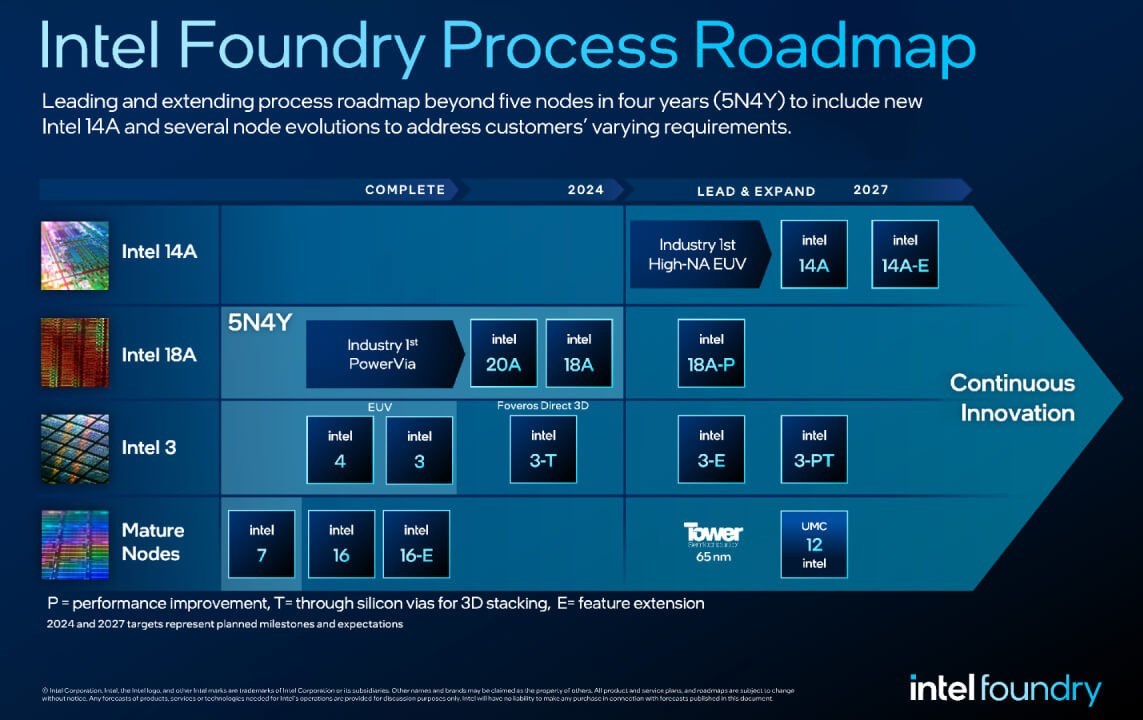 Intel announced that the 18A production process, which was connected to great hopes the other day, is ready and that they will move to mass production in the second half of the year. However, the latest information claims that the efficiency of the 18A process is around 20 %-30 %and that this low yield is a major obstacle to mass production.
Intel announced that the 18A production process, which was connected to great hopes the other day, is ready and that they will move to mass production in the second half of the year. However, the latest information claims that the efficiency of the 18A process is around 20 %-30 %and that this low yield is a major obstacle to mass production.Famous analyst Ming-Chi Kuo says that the efficiency is 20 %to 30 %in the 18A process based on its industrial surveys at the beginning of this year. For this reason, the company states that there are great difficulties to overcome mass production in the second half of the year. In addition to technological challenges, Intel Foundry’s organizational structure, supply chain management and culture due to the culture of external order is also experiencing major problems.
Question marks occurred in the heads
Intel is currently tested by PC manufacturers. Although Intel said that 18a was ready, Kuo’s statements created question marks again in the heads.
What will Intel 18a bring?
Intel 18a (1.8nm) technology, which is quite ambitious in terms of performance and efficiency, promises to offer 30 %higher chip density and 15 %higher per Watt performance than Intel 3. Intel’s new generation laptops Panther Lake and server class Clearwater Forest CPUs will be produced with this process. Both products are expected to be released before the end of 2025.
In addition to the transistor shrinkage, Intel 18a brings new technologies. The first is the design of the ribbonfet that it brings to the Gate-All-Around (GAA) transistor technology. This technology allows to control the electric current more precisely and minimizes power leakage and makes it possible to produce high -performance, energy -saving chips. The other is the rear -party power distribution technology called Powervia. With this technology, the power distribution components are moved to the lower part of the chip and energy efficiency and space gain are obtained.
Intel’s largest competitors, TSMC de N2 (2nm) is preparing to use GAA transistor technology. However, voluminous production is expected to start at the end of 2025 and the first products will be released in the middle of 2026. In addition, TSMC’s Powervia rival solution will be commissioned in 2026 with the A16 (1.6nm) process.